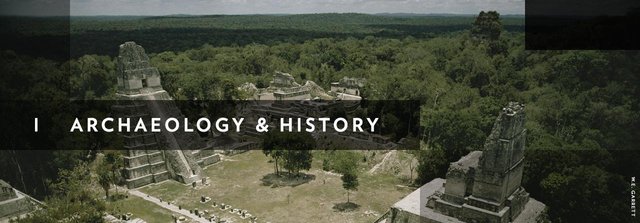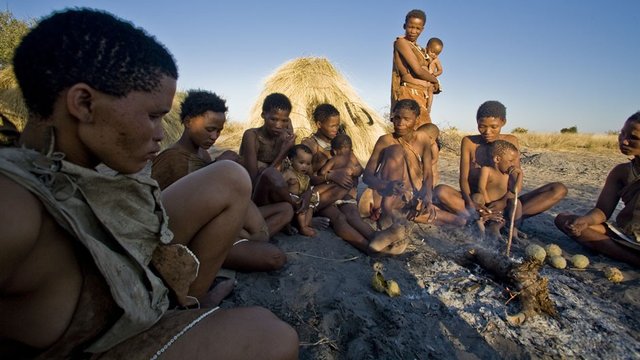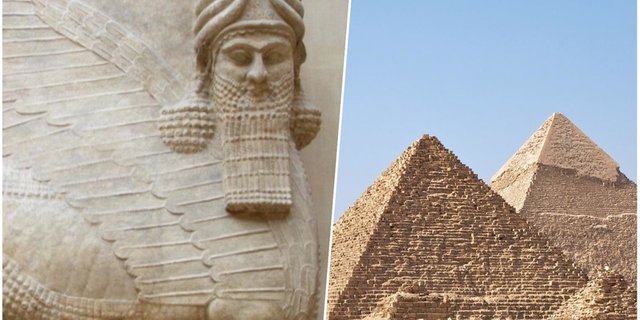Archaeology and History
Archaeology and History

Archaeology is partly historically orientated. It is sometimes difficult to draw a dividing line between archaeology and history as such. This difficulty is occasioned by the different conceptions of what history is. History, in the strictest sense of the word, is based on the study of written sources. The facts derived from these sources are recognized as being "historical" facts. It is obvious that this approach is too narrow because any past event which can be deduced from certain evidence is historical, even if the evidence is not direct, that is does not take the form of written documentation. In historical archaeology a collection of these artefacts would of course be interpreted mainly in the light of written records which refer to the culture and which have been handed to us. This written tradition plays more or less the same role as the ethnographer who actually experiences the culture of a certain society while studying it.

Furthermore, it must be remember that in anthropology the term "history" sometimes carries a connotation peculiar to the school of cultural-historical anthropology. This usage dates back to the end of the 19th century and the beginning of the previous when the term "history" was used by anthropologists in a wider sense. They spoke of the history of peoples who did or did not posses written sources. With regard to the method of research, the dividing line has remained the written source, but the term "history"now includes all peoples, and in principle it is not dependent on the existence of written sources. This broad interpretation of the term "history" was gradually accepted by the discipline of history itself.
Today the term "history" usually has twofold meaning: we speak of the history of humans when we refer to the whole past of humankind, and we use the term "history" sensu stricto when we refer to history based on written records.
The link between archaeology and history led to a tripartite division of archaeology into the following:

1. Prehistoric Archaeology:This term refers to that aspect of acrhaeology which concerns itself with the development of humans and their culture before the invention of writing.

San Bushman
2. Protohistorical Archaeology: When written documentation begins in a certain area at a certain time, but evidence gleaned from the earth shows that other peoples and cultures must have existed before time, it is the task of archaeological research to establish the tie that may have existed between cultural phenomena before and after the beginning of written documentation; for example, in Europe, the possible relation between the Neolithic, Bronze and Early Iron Ages and the early celts and Germans, and in the Sub Sahara region, the possible connection between the San, the Khoekhoen and the Bantu speakers and certain sites, dwellings or other structures. This transitory phase, which precedes the historical period, is sometimes also called protohistory or early history. Since, to some extent, written sources are used here, that is to say written sources on protohistorical peoples or cultures compiled by literate foreign observers or newcomers to the region, the historical approach plays a greater part.

3. Historical Archaeology: This refers to the aspect which is complementary to history based on the study of written sources.The time span covered by historical archaeology differs region to region. For instance, written documentation originated in Egypt and Mesopotamia almost 3000 years before the Christian era. In Europe it began much later, and other peoples have only recently become acquainted with writing. Generally speaking, however , this classification is useful because it reveals the differences inherent in the methodological approach.
Historical Archaeology comprises various separate fields of study including:
- Classical Archaeology
- Egyptian Archaeology
- Assyrian Archaeology
- Biblical Archaeology
- Mayan Archaeology
Please Follow me for more on Archaeology and History.
Please check out my other posts:
Introduction to Ethnographic Analogy and Ethnoarchaeology
The Nature and Scope of Archaeology
The Three - Age System : The Stone Age, The Bronze Age and The Iron Age
The Roots of Modern Archaeology
Significant 18th and 19th Centuries Discoveries in Archaeology
Archaeology as a Profession- Part 2
Archaeology as a Profession- Part 1
To Become or Not Become an Archaeologist? - Introduction to Archaeology Part 2
Please Upvote and Resteem.
Thank You!
The curation team of @steemiteductaion has recognized this post as one of the best educational posts on steemit. Thank you for using the steemiteducation tag to make it easier for the team to find your posts!
Hi @steemiteducation, I once again am truly grateful for recognition and recommendation of my post. Your support is highly appreciated.
This post received a 2.8% upvote from @randowhale thanks to @zest! For more information, click here!
@nrg got you a $1.92 @minnowbooster upgoat, nice! (Image: pixabay.com)
Want a boost? Click here to read more!
Hi @nrg, thank you very much. I really appreciate your support!